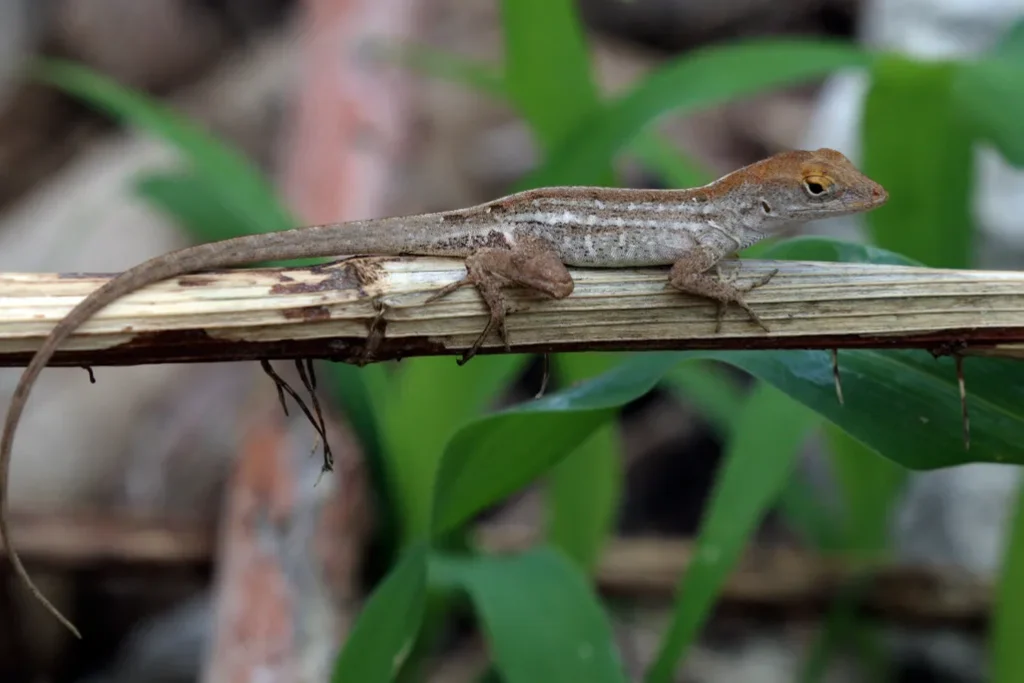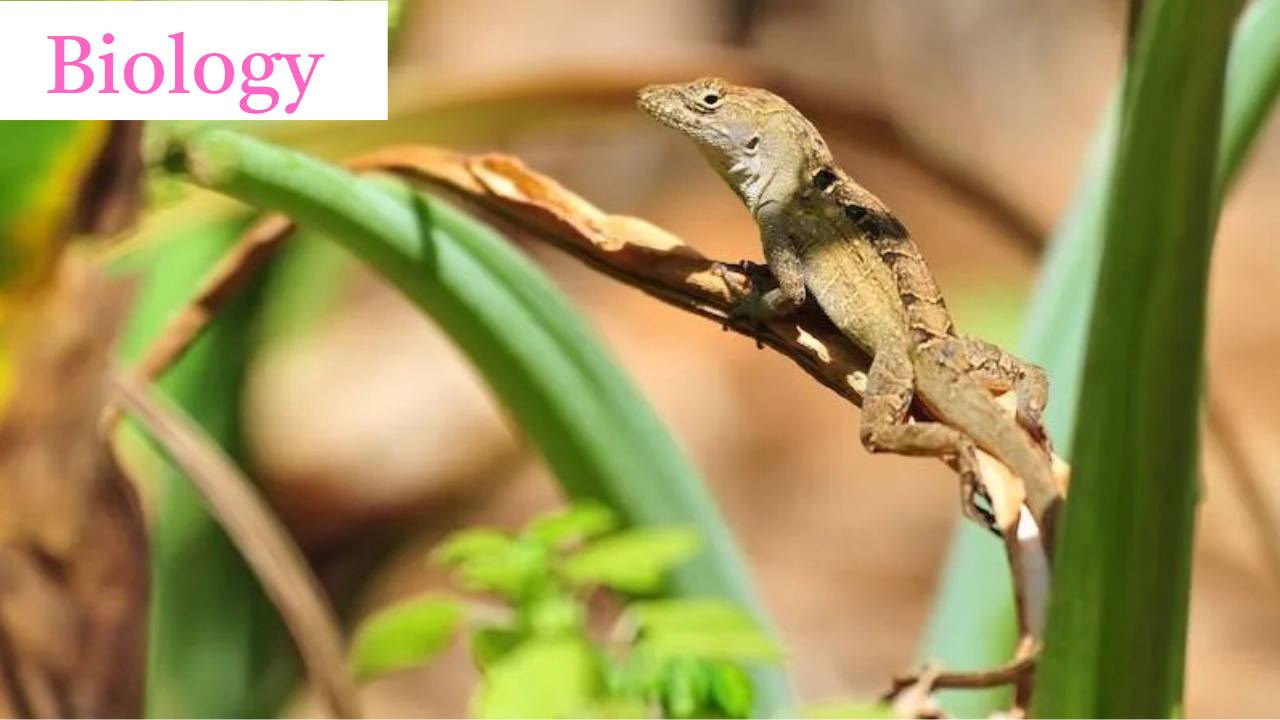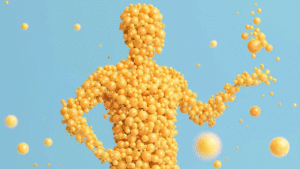The Cuban brown anole (Anolis sagrei) is a diminutive, non-indigenous lizard originating from Cuba and the Bahamas, which has turned into an invasive species in certain regions of the United States, such as Florida, Texas, and Hawaii. Typically measuring between 5 to 9 inches in length, these lizards excel at camouflage and are frequently observed on or close to the ground in both suburban and urban environments. Males possess the ability to extend a vibrant orange throat fan known as a dewlap, while both genders exhibit a range of brown and gray hues, adorned with patterns that include spots and lines.
But this lizard has an extraordinary character that makes it exceptional to other verbrates in the world. Cuban brown anole lizards (Anolis sagrei) are capable of surviving with extraordinary levels of lead metal present in their bloodstream. The scientists from from Tulane University reported this information on August 6 in Environmental Research. Upon analyzing blood and bone samples from approximately 100 wild brown anoles discovered in various locations throughout New Orleans, the researchers were astonished to uncover the highest blood-lead levels ever documented in vertebrates—concentrations that would prove fatal to the majority of other species.
After a research on anoles in the New Orleans area, evolutionary ecologist Alex Gunderson and his team found that these lizards exhibit the highest recorded blood lead concentrations among all vertebrates. New Orleans is an ancient North American city, with origins tracing back to its establishment as a French settlement in the early 18th century. This indicates that it has “a lengthy history with substances such as lead paint and leaded gasoline,” Gunderson informs Andrew Paul of Popular Science. Over the years, lead from these and various other sources has seeped into the soil and water of the city.
Blanchette and her team gathered brown anoles from an older urban region uptown close to Tulane University, as well as from Lake Shore, a more suburban locality adjacent to Lake Pontchartrain. In the laboratory, the scientists discovered alarmingly elevated lead concentrations in the blood of the lizards. One specimen exhibited 3,192 micrograms of lead per deciliter of blood. “I recalled receiving that data and being quite astonished that it was still alive,” Blanchette remarks. The average lead level in the lizards was 955 micrograms per deciliter—still remarkably high when compared to findings from other vertebrates, including humans.
 The typical lead concentration in an Anole was measured at 955 micrograms per deciliter of blood. This is more than three times that of Nile crocodiles, the former record holders. However, despite the crocodiles exhibiting physical symptoms associated with elevated lead exposure, such as discolored teeth, the brown anoles appeared to be remarkably healthy.
The typical lead concentration in an Anole was measured at 955 micrograms per deciliter of blood. This is more than three times that of Nile crocodiles, the former record holders. However, despite the crocodiles exhibiting physical symptoms associated with elevated lead exposure, such as discolored teeth, the brown anoles appeared to be remarkably healthy.
Generally, in adult humans, blood lead concentrations of 45 µg/dl or greater may necessitate medical intervention. For children, any detectable level is deemed unsafe. The harmful effects of lead include neurological damage, migraines, and impaired growth. However, in anoles, their lead levels appear to inflict little to no damage. The research team discovered that lead exposure did not impact the endurance, speed, or balance of the lizards during physical assessments on a treadmill, track, or small balance beam.
Currently, researchers are uncertain as to why brown anoles appear to withstand elevated levels of lead. Nevertheless, they hypothesize that there may be underlying genetic factors at play, having identified variations in certain genes associated with oxygen transport and cellular management of metal concentrations.
Although the precise mechanisms are still unclear, researchers are keen to understand how brown anoles not only endure but also flourish in environments with elevated lead levels. “If we can determine what safeguards them, we may discover methods that could assist in reducing heavy metal toxicity in humans and other species,” Gunderson states in the announcement.
Meanwhile, public health officials could potentially begin utilizing these lizards as indicators of lead exposure in humans. “If you capture a lizard and it exhibits high lead levels, it likely indicates that humans residing in that vicinity face an increased risk of exposure,” Gunderson informs the Times-Picayune.
Source: Smithsonianmag, Science News, Nationalgeographic, Tulane University
The article is edited by Md. Rafikul Islam, Agriculturist, Science writer and Co-founder, Biology School.










